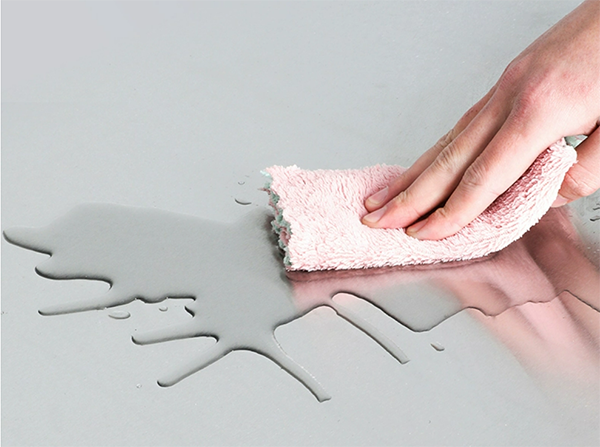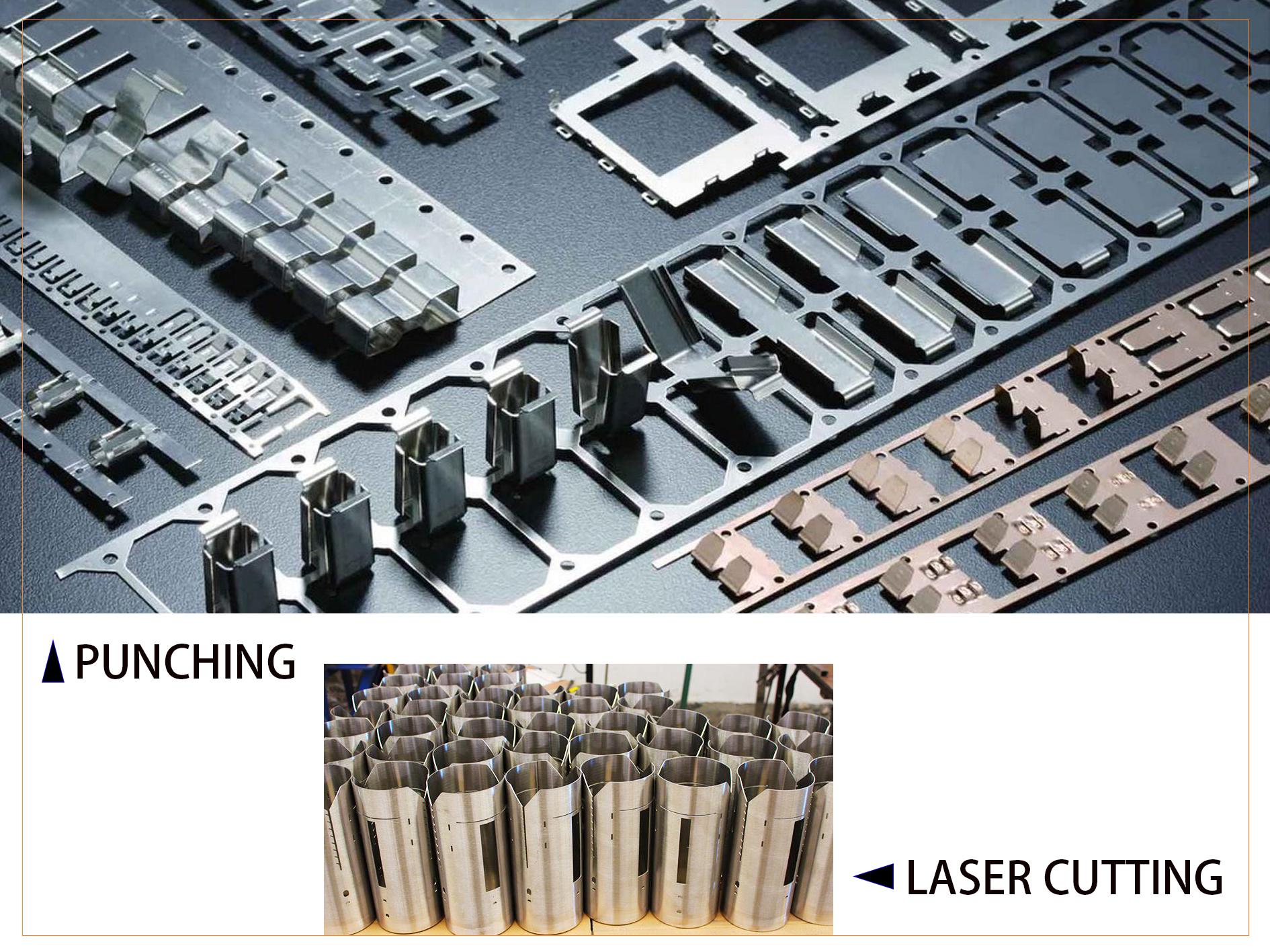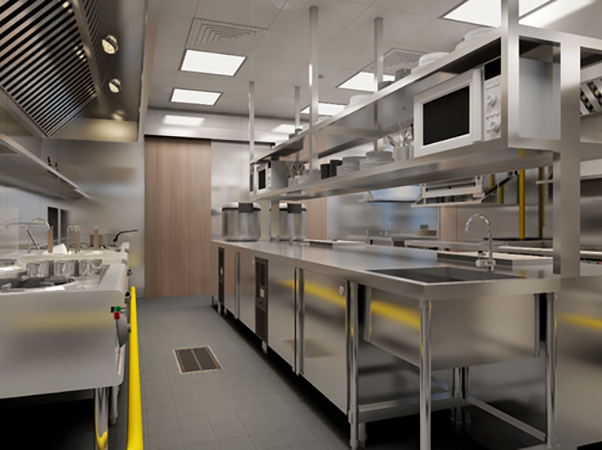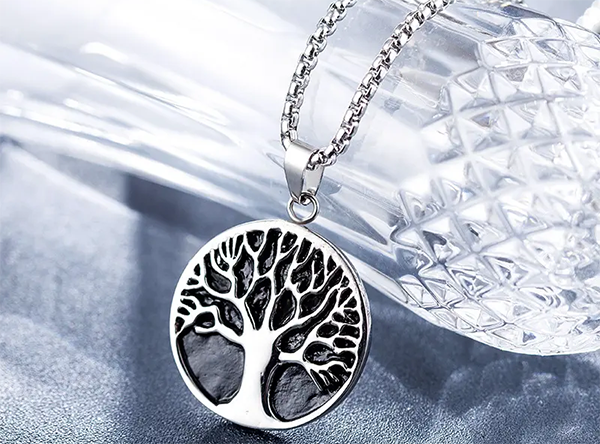
Is Stainless
Steel Antibacterial?
Antibacterial
properties of stainless steel
Stainless steel
materials have high corrosion resistance and wear resistance, which can
effectively extend the service life. At the same time, the surface of stainless
steel has high smoothness and hardness and is not easy to absorb dust and
stains, so it is relatively hygienic. In addition, the antibacterial properties
of stainless steel can also be improved by adding antibacterial agents. However,
stainless steel is not completely resistant to bacterial growth. Tiny scratches
or dents on the surface of stainless steel can become a breeding ground for
bacteria. Especially in humid environments, such as bathrooms, kitchens and
other places, bacteria are more likely to breed. Therefore, when using
stainless steel materials, it is also necessary to maintain environmental
hygiene and perform frequent cleaning and disinfection.
Important
things to be known while selecting stainless steel
l Choose stainless steel materials from brand
company. Choosing stainless steel materials with high brand awareness and
guaranteed quality can avoid the use of low-quality materials that lead to
bacterial growth.
l Clean and disinfect regularly. Places where
stainless steel materials are used, such as kitchens, bathrooms, etc., need to
be cleaned and disinfected frequently. Disinfectant can be used for wiping,
spraying, etc. In addition, do not let the material be stained with oil stains
or water drops for a long time, and clean it in time to avoid bacterial growth.
l Avoid using cleaners that are too harsh.
Cleaners that are too harsh will damage the surface of the stainless steel
material, causing scratches, pits and other problems, which indirectly
increases the possibility of bacterial growth.
l Do a good job in ventilation. Where
stainless steel materials are used, good ventilation should be maintained to
reduce the possibility of bacterial growth.






